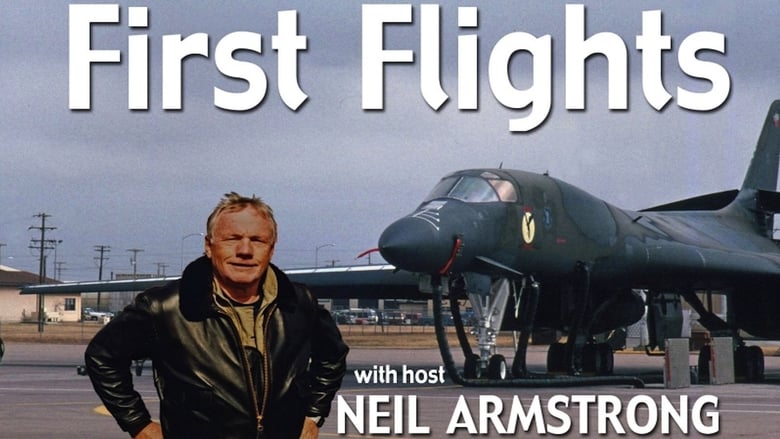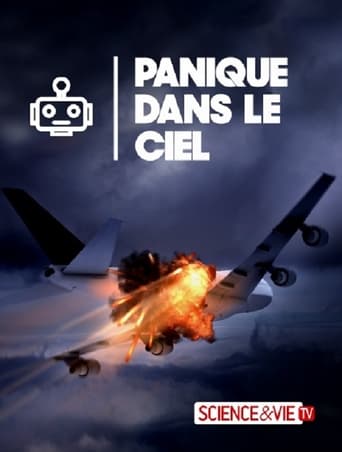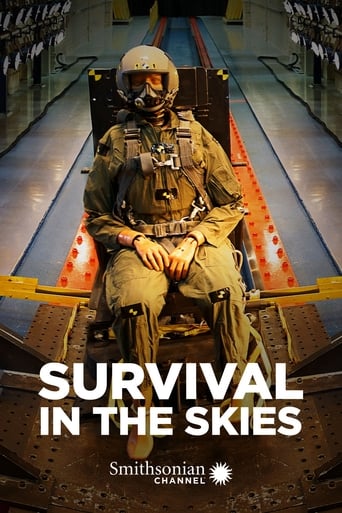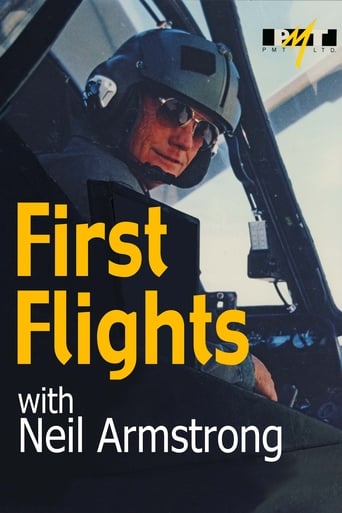
Rent / Buy
Rent / Buy
Trailer
Synopsis
Season 3 focuses on the development of particular technologies within the broader field of aviation.
Episode 13 : Propellers - Wings With A Twist
December. 08,1993
The Wright brothers realized that a propeller was a rotating wing – giving it a twist made it practical. By the mid 1930s, variable pitch and NACA research revolutionized propeller design. With the coming of the jet age, propellers fell out of favor for large aircraft. But designers soon realized that a fast turboprop with an advanced propeller could be more efficient than the best jetliners.
Episode 12 : First In Speed: Air Racing
December. 01,1993
From the early years of flight until the late 1930s, air racing was the single most important testing ground for engineering advancements. It provided a breathtaking combination of daredevil risk taking and technological innovation.
Episode 11 : Backyard Fliers - An Airplane In Every Garage
November. 24,1993
In the 1920s when just about anyone could afford a car, interest grew in a safe, inexpensive airplane that anyone could fly. Convenience went a step further in roadable aircraft – vehicles that could travel the highways, then convert to an airplane for the rest of the journey. The airplane has never attained the practicality of the automobile for family travel, but modern aviation offers exciting opportunities for the amateur flyer.
Episode 10 : Flying the Mail
November. 17,1993
Airmail pioneers demonstrated to a public already infatuated with flying, that airplanes had a bright commercial future. They led the way for the great commercial ventures that would one day span the globe. The variety of aircraft was dazzling, but conditions were harsh and pilots had to be hardy and brave to risk flying the mail.
Episode 9 : Flash Of Glory - Aerial Combat Enters The Jet Age
November. 10,1993
During WWII, the Germans introduced the Messerschmitt 262, and the British the Gloster Meteor. With these first operational jet fighters, a new era in aerial combat had begun. As jet met jet in the skies over Korea, the MiG-15 proved Russia to be a major power in jet aircraft development.
Episode 8 : Flight Control - Wing Warping to Fly-by-Wire
November. 03,1993
Two years after the first manned flight, the Wrights mastered control sufficiently to fly the first circle – a major aviation advance that went almost unnoticed. By World War II, the first hydraulically boosted controls were invented, enabling pilots to fly aircraft weighing more than 100,000 pounds without the muscles of a co pilot. Once digital signals succeeded in maneuvering spacecraft, computerized fly-by-wire technology for aircraft was not far behind.
Episode 7 : Flying Wings
October. 27,1993
In their quest for flight efficiency, some designers thought the ideal shape would be just a wing, nothing else, flying through the air. Though successful development of flying wings has often proved illusive, Northrop's designs proved feasibility, and the B-2 Stealth Bomber brought the configuration into production.
Episode 6 : Flying Blind
October. 20,1993
In the early days of flying, instrumentation was crude. A weighted silk stocking tied to a strut could help the pilot gauge his airspeed. Wartime challenged pilots to learn the techniques of blind flying. Today, pilots use orbiting satellites to pinpoint their position, and complex autopilots enable an aircraft to fly itself.
Episode 5 : First Around The World
October. 06,1993
Many times in aviation history the ultimate test of aircraft and pilot was to fly around the world. Competition and showmanship always played a part, but in the end it was the mental and physical endurance of the men and women who climbed into the cockpit that made success possible.
Episode 4 : Tail First Flying - the Canard
September. 29,1993
When the small tail surface wings which enable an airplane to go up or down are moved to the front, they are called canards. It is a technology as old as manned flight — the Wrights used canards on their early airplanes. Canards were rarely used after the first World War until computer technology provided the control needed to make the technology feasible.
Episode 3 : Jump to the Sky - Jet VTOL
September. 22,1993
Conventional airplanes need large runways for takeoff and landing, a limitation that concerned defense planners. As turbine engines became lighter, a new type of aircraft became possible — one that could take off and land vertically, yet fly with the speed of jets.
Episode 2 : Water Birds - Floatplanes and Flying Boats
September. 15,1993
By the 1930s, flying boats – massive, airborne ocean liners – opened up global routes for passenger service, while the floatplanes entering the Schneider Trophy races were the fastest, most innovative flying machines in existence.
Episode 1 : Whirling Wings - Evolution of the Rotorhead
September. 08,1993
From Cierva's breakthrough in autogyro design, to the state-of-the-art BK-117, the heart of the helicopter story has been the rotorhead. Early helicopters were complex, dangerous flying machines, prone to failure. For the men and women who took the controls, concentration and daring were essential.
Seasons

Season 3
Season 3 focuses on the development of particular technologies within the broader field of aviation.

Season 2
Season 2 continues the story of atmospheric flight to the edge of space in the 1990s. Neil Armstrong had previously flown several aircraft featured in Season 2 during his long career as a NASA experimental test pilot in Edwards, CA.

Season 1
Season 1 traces the development of aviation technology from balloons to early post-WWII jet aircraft.
Similar titles
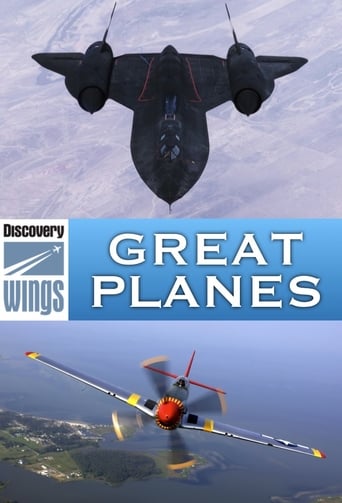
Great Planes
In 1903, not only did the Wright brothers ’plane soar, but a young man named William Boeing stepped out of the Yale University gates. 13 years later, using wood, canvas and wire, the first "Boeing model", the B&W, was born. Boeing has since grown into a huge company and developed countless models, including the 1957-92 passenger jet, the 707. Later, we learn about the Constellation designed by Lockheed in the early 1940s. The fuselage of the machine evokes the graceful form of a dolphin, no wonder that with its beauty it also won the title of "Queen of Heaven". The C-69 was the first model to cross non-stop America, covering the Los Angeles-Washington DC distance in record time of 7 hours and 3 minutes. Connies were used for both military and civilian purposes until the early 1960s. This and many more stories are recounted here in Great Planes.
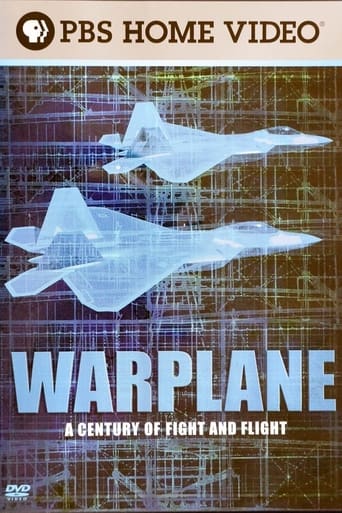
Warplane
The warplane has evolved over nearly a century to become what it is today, in 2004. This series is the story of how, through life-and-death necessity, invention, ingenuity and sheer hard work that warplane technology evolved. The Warplane series is not a history of every military plane but rather a look at the major stepping stones that advanced military aviation.
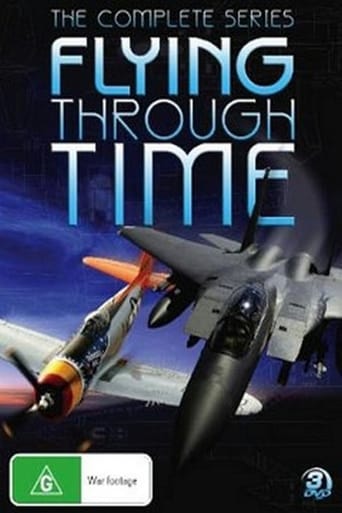
Prime Video
Flying Through Time
Discover the excitement of flying as we reveal the most remarkable aircraft ever built and the aeronautical advancements that shaped flying history in Flying Through Time. Audiences will marvel at historic airships, be wowed by war planes and delight at luxury jetliners.
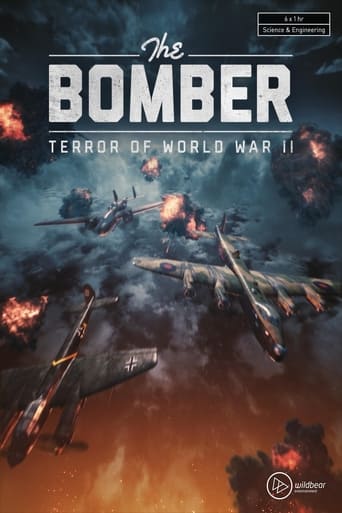
The Bomber: Terror of WWII
Terror of the World: The story of a deadly war that intertwines Germany, Poland, Japan, Italy and Spain, and the remorseless development of weapons and bombers.
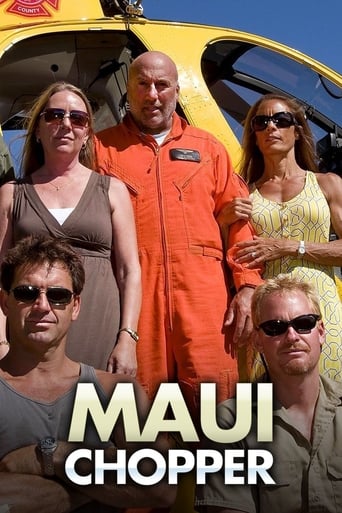
Maui Chopper
The lush Hawaiian Islands provide a dramatic backdrop as the pilots of Windward Aviation risk injury and even death as they perform rescues in this tropical paradise.

AFP: American Fighter Pilot
AFP: American Fighter Pilot is a reality series broadcast briefly on CBS in 2002. It followed three Air Force officers as they trained to become pilots of F-15 fighter jets at Tyndall Air Force Base outside of Panama City, Florida. The series included footage of their experiences in the air, as well as interactions with their families and instructors. Directors Tony Scott and Ridley Scott were co-executive producers. Unsuccessful in the ratings, the series was cancelled after two episodes.

Battle of Britain
As 40 Spitfires and Hurricanes assemble for a unique flypast marking the 75th anniversary of Battle of Britain Day, two special programmes commemorate the heroes Churchill famously called 'The Few'.

How to Build
Britain's iconic and 'secretive' engineering companies reveal how they build the world's most amazing machines. The first part of the series "How to build a nuclear submarine" a documentary following the construction of the Astute nuclear submarine. The second part of the series "How to build a jumbo jet engine", the story of the thousands of people who design, build and test engines at Rolls-Royce’s manufacturing plants in Derby and across the UK, making Rolls-Royce a central part of life for the people of places like Derby. The third and final part of the series "How to build Britain's secret engineers" when the documentary team follows workers at a leading British company on a global journey, as they reveal a handful of their secretive projects including getting Chinook helicopters ready for front line service.
Top Streaming TV Show
#1

Grey's Anatomy
March. 27,2005
7.6
#2

A Teacher
November. 10,2020
6.9
#3

The Mandalorian
November. 12,2019
8.6
#4
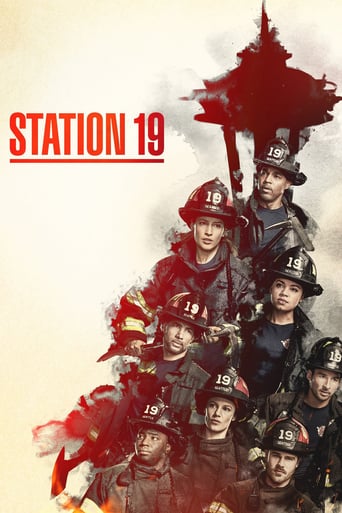
Station 19
March. 22,2018
7
#5

Game of Thrones
April. 17,2011
9.2
#6

The Undoing
October. 25,2020
7.4
#7
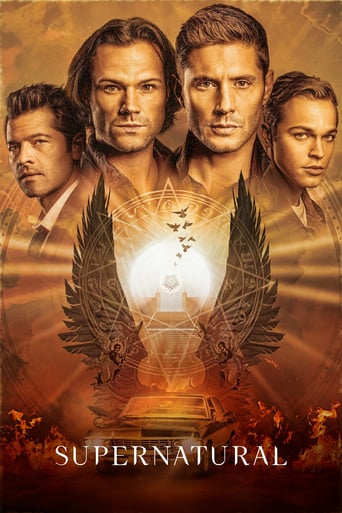
Supernatural
September. 13,2005
8.4
#8

The Last Dance
April. 19,2020
9.1
#9

Euphoria
June. 16,2019
8.3
#10

Fear the Walking Dead
August. 23,2015
6.8

